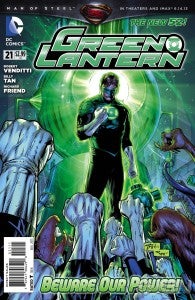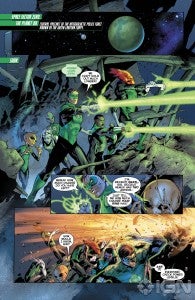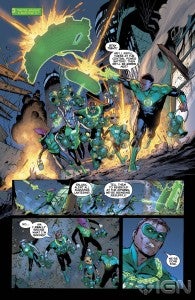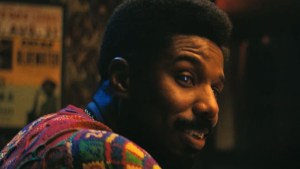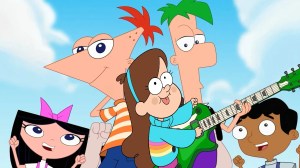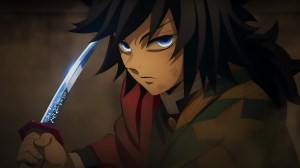With the launch of Superman Unchained this week and the beginning of Scott Snyder and Greg Capullo’s Batman: The Zero Year coming as well, DC fans will likely find themselves fairly blase about the changing Green Lantern status quo.After all, it’s not like Geoff Johns came ON to the book. He left it and, in the eyes of many fans, left it worse off. But is that actually true? We checked out Robert Venditti’s first issue last week and wanted to get a few words in edgewise before the big week of Scott Snyder and Man of Steel kicks into high gear and everybody forgets that anything else is happening in this business.Because it wasn’t long ago that everyone in comics was wondering: How’s the new Green Lantern?Well, it feels…suspiciously not-new.
Green Lantern: Robert Venditti Charting New, Familiar Territory
With the launch of Superman Unchained this week and the beginning of Scott Snyder and Greg […]


